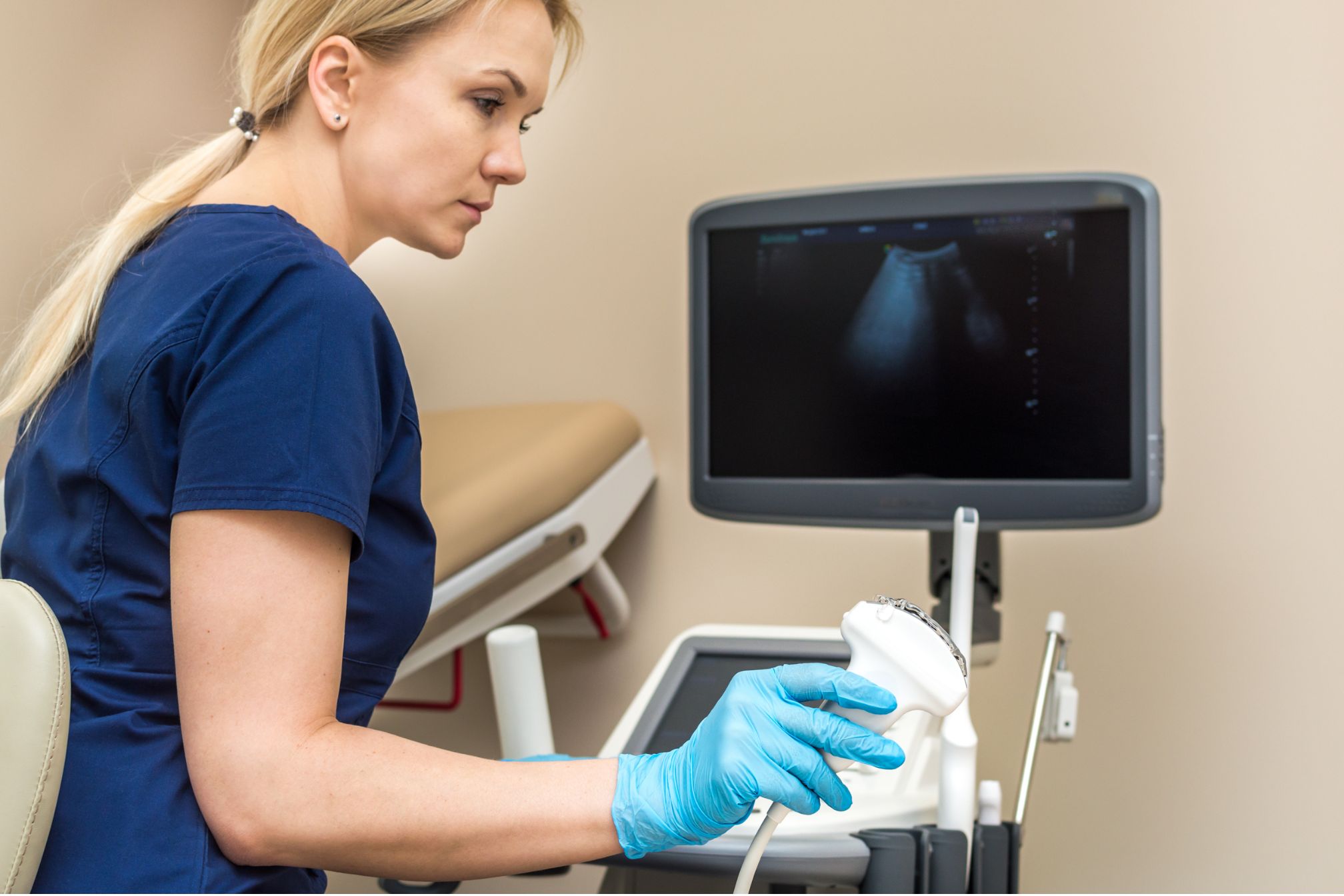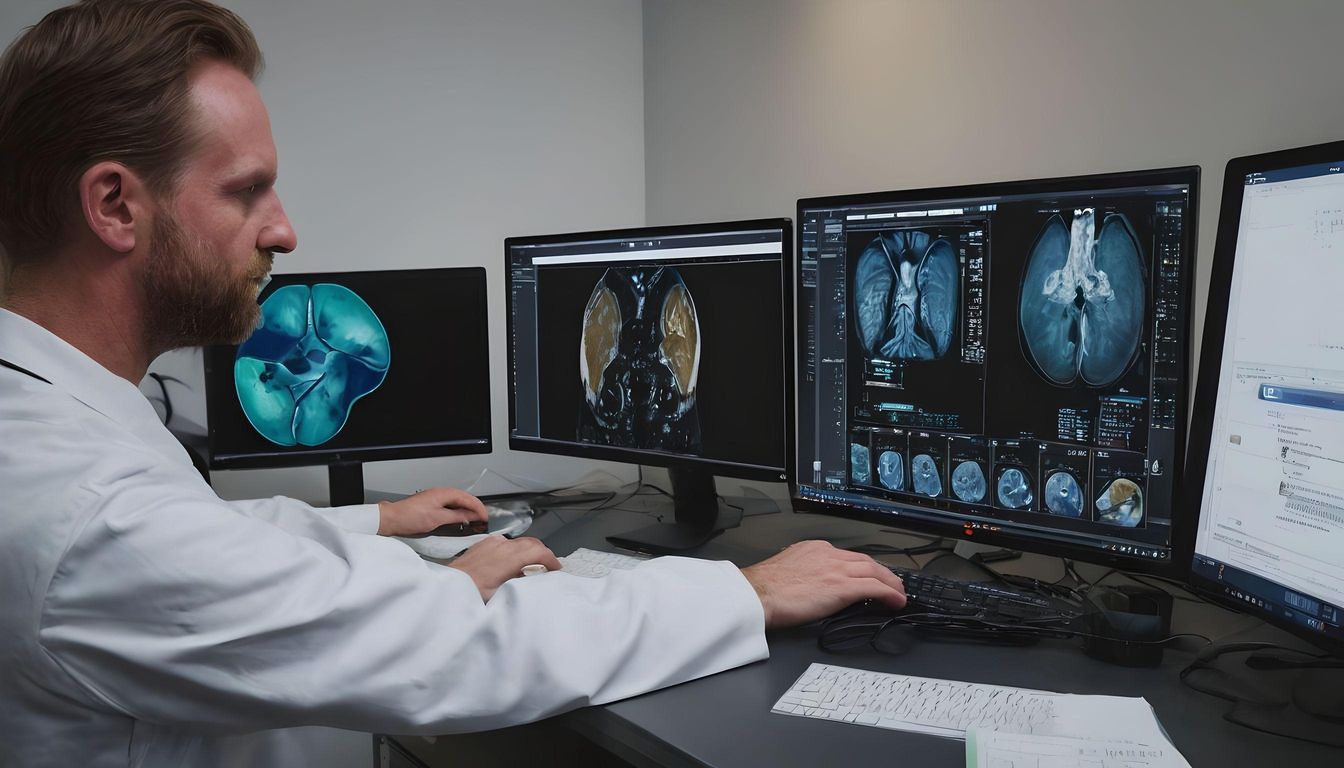Transabdominal ultrasound is a non-invasive diagnostic technique widely used in medicine to provide real-time images of the internal organs within the abdomen. This versatile imaging method utilizes high-frequency sound waves to visualize and assess the structure and function of various abdominal organs, including the liver, gallbladder, spleen, pancreas, kidneys, bladder, and the uterus and ovaries in females. By offering a detailed view without the need for ionizing radiation, transabdominal ultrasound has become a cornerstone in diagnosing, monitoring, and guiding treatments for a myriad of abdominal conditions.
The Principles of Transabdominal Ultrasound
Transabdominal ultrasound operates on the principle of sonography. A transducer, or probe, emits high-frequency sound waves that penetrate the body and reflect off tissues and organs. These reflected echoes are captured by the transducer and processed by the ultrasound machine to generate visual images. The differing densities and compositions of various organs and structures create distinct echo patterns, allowing for detailed visualization and assessment.
Preparation and Procedure
Before undergoing a transabdominal ultrasound, patients are typically instructed to fast for a specific period, usually 6 to 8 hours, to reduce the amount of gas in the intestines and improve image clarity. In some cases, especially for examining the bladder, patients may be asked to drink water to fill the bladder, which enhances the visualization of pelvic organs.
The procedure is conducted with the patient lying on an examination table. A clear, water-based gel is applied to the abdomen, which serves to conduct the ultrasound waves and eliminate air pockets that could interfere with image quality. The sonographer then moves the transducer across the abdomen, applying gentle pressure to obtain images from different angles and perspectives. The examination is usually painless and takes about 30 to 45 minutes to complete.
Applications of Transabdominal Ultrasound
Transabdominal ultrasound is instrumental in diagnosing and evaluating a wide range of abdominal and pelvic conditions:
- Organ Assessment: It provides vital information about the size, structure, and position of abdominal organs. It can detect abnormalities such as tumors, cysts, stones, and inflammation.
- Blood Flow Analysis: With Doppler ultrasound technology, it assesses blood flow in abdominal vessels, helping to identify blockages or abnormalities.
- Guidance for Procedures: It assists in safely guiding needles for biopsies or draining fluids from organs or cysts.
- Fetal Monitoring: In obstetrics, it monitors the development and health of the fetus during pregnancy, including checking fetal growth, amniotic fluid levels, and placenta position.
Advantages and Limitations
Advantages:
- Safety: It does not use ionizing radiation, making it safe for all patients, including pregnant women.
- Non-invasive: The technique is external and does not require any incisions or injections, minimizing discomfort and recovery time.
- Real-time imaging: It offers immediate visualization, crucial for diagnosing acute abdominal pain or guiding therapeutic procedures.
Limitations:
- Image Clarity: Factors such as obesity, bowel gas, or prior surgeries can affect image quality.
- Depth Penetration: In some patients, particularly those with higher body mass, it may be challenging to visualize deep structures or organs.
Conclusion
Transabdominal ultrasound is a fundamental tool in modern diagnostic imaging, valued for its safety, versatility, and non-invasive nature. By providing clear and detailed images of the abdomen and pelvis, it plays a critical role in diagnosing a wide array of conditions, guiding interventions, and monitoring treatment outcomes. Like any diagnostic tool, it has limitations, but advances in ultrasound technology continue to expand its capabilities and applications, solidifying its position in the healthcare field. As technology evolves, transabdominal ultrasound will undoubtedly continue to enhance our ability to visualize and understand the complexities of the human body.










